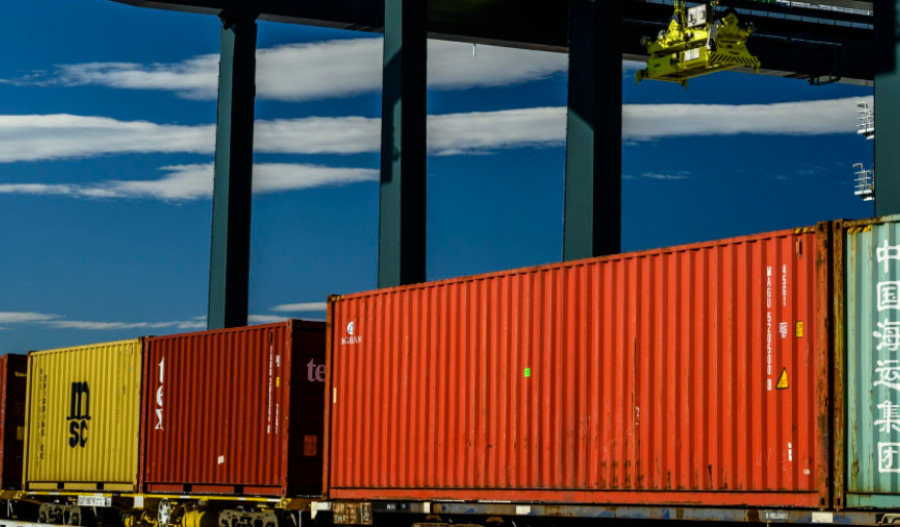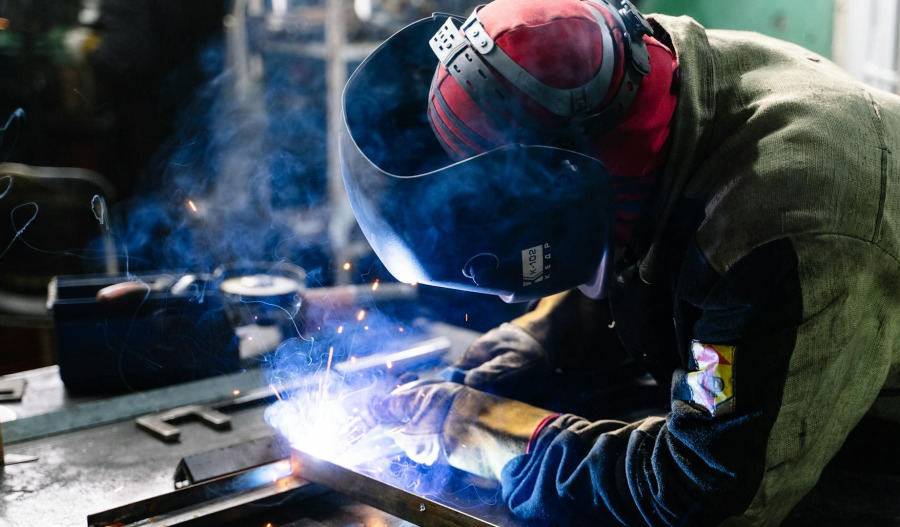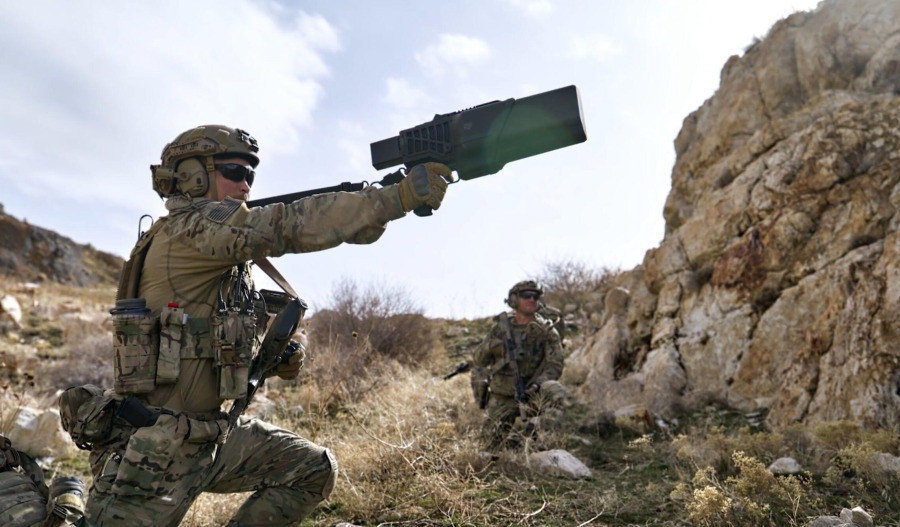Given the defensive nature of their earnings, coupled with the discounts they’ve historically traded at relative to their global peers, it’s hardly surprising that ASX-listed infrastructure stocks have been a happy hunting ground for acquirers looking to snap up good stocks on the cheap.
With the likes of Sydney Airport, AusNet Services, Spark Infrastructure, Tilt Renewables, Infigen Energy and Eildon Capital Group having been taken out, either by private capital or institutional investors, over the last four years, you can now count the number of major infrastructure stocks left on the ASX on one hand.
Between them, Transurban Group (ASX: TCL), Auckland International Airport Limited (ASX: AIA), Qube Holdings Limited (ASX: QUB), Atlas Arteria (ASX: ALX) and Dalrymple Bay Infrastructure Limited (ASX: DBI) have a combined market cap of around $75 billion, with Transurban alone accounting for over 60%.
Assuming Macquarie Asset Management’s (MAM) current non-binding proposal is successful, Qube Holdings – which has a market cap of $8.6 billion - will be the next major infrastructure stock to kiss the ASX goodbye in the new year.
MAM is no stranger to global infrastructure transport assets, with interests in Busan New Container Terminal, Farnborough Airport and Jurong Port Universal Terminal in Singapore.
Admittedly, there’s no guarantee Macquarie will end up owing Qube, however, its $11.6 billion bid has put the Australian ports and logistics group firmly in play.
The Qube board has granted MAM exclusive due diligence until 1 February 2026.
Meanwhile, the company’s directors intend to unanimously support the proposal in the absence of a better offer and subject to an independent expert's report concluding that the deal is in the best interests of shareholders.
But given the paucity of high-quality, large-cap infrastructure stocks left on the ASX, Macquarie’s $5.20 per share tilt at Qube – a 27.8% premium to the undisturbed price – is likely to flush out other bidders, possibly Brookfield, which owns half of Patrick Terminals, with Qube owning the other 50%.
With container terminals at the ports in Brisbane, Sydney, Melbourne and Fremantle, Patrick reported $927.9 million revenue and $380 million earnings for FY25, largely flat over the 12 months.
Ani Satchcroft, a Sydney-based investor who co-heads MAM’s infrastructure business in Asia, wants to anchor 100% ownership of Qube within her new Macquarie Asia Infrastructure Fund 4.
What clearly attracts Satchcroft to Qube is its status as one of the last big infrastructure owners remaining in public markets, boasting a half-share in the country’s biggest container port operator, Patrick, plus a string of other port and haulage businesses (including grain handling) and the Moorebank import/export terminal in western Sydney.
What’s currently unclear is whether Macquarie has any immediate plans to launch a bid for Brookfield’s 50% stake in Patrick or whether Brookfield is gearing up to make any offer of its own.
Qube comprises a collection of ports and related infrastructure – over 200 locations across Australia and NZ – and was put together by Sam Kaplan and Chris Corrigan almost 20 years ago.
Interestingly, while the stock has managed to bounce progressively higher, it has never traded above $5, which shows just how much value MAM ascribes to the stock’s assets.
Despite its earnings growing from $1.6 million since its listing in 2011 to $829 million, Qube has long been relegated to a cluster of stocks – not unlike Nufarm (ASX: NUF) or Dyno Nobel (ASX: DNL) with too many parts for retail investors to be bothered trying to understand.
Adding to the complexity of Qube’s business is the labyrinth of disparate, albeit interlinked business units and parts with joint ventures and sale-and-leasebacks and a myriad of other deals.
Any successful bid for Qube will need to seek both FIRB and ACCC approval.
Last financial year Qube reported record underlying revenue of $4.46 billion, up 27.3%, and lifted its fully franked dividend by 7.1% to 9.8 cents per share.
Qube Holdings has a market cap of $8.5 billion; the share price is up 21% in one year and up 12% in the last week.
The stock is in a strong bullish trend confirmed by multiple indicators.
Consensus is Moderate Buy.
This article does not constitute financial or product advice. You should consider independent advice before making financial decisions.



